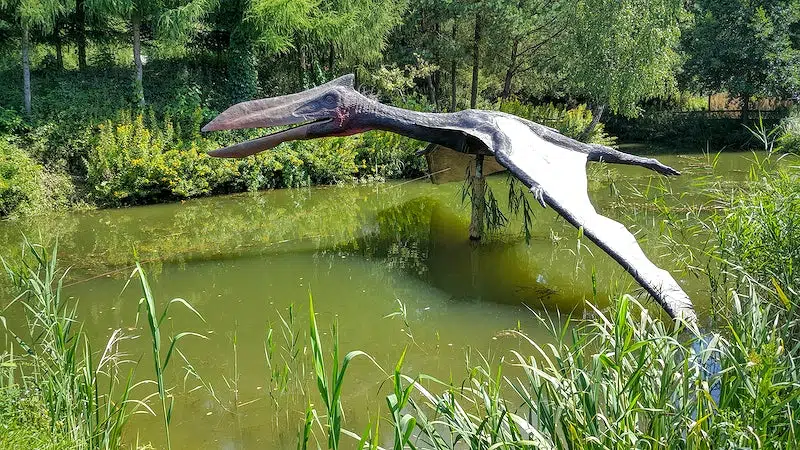
A new study of a microscopic Triassic fossil reptile unearthed more than 100 years ago has revealed that it is related to the species that would eventually become pterosaurs, the flying reptiles of the dinosaur era.
Tens of millions of years before the earliest birds, pterosaurs, one of the few creatures with wings like sails and light-weight bones, began to fly. They were one of the few species of animals designed specifically for flying.
Pterosaurs, from the Greek words “pteron” and “sauros”, which translate to “wing lizard,” were a group of prehistoric flying reptiles that belonged to the order Pterosauria. They were around for the majority of the Mesozoic Era.
It is uncertain where these reptiles originated, as there are no fossils of early fliers. Davide Foffa, Research Associate at National Museums Scotland says that because of this, it is difficult to determine how its aerial system evolved.
Foffa said, “The oldest pterosaur had wings and was capable of flight.”
Pterosaurs Made Earlier Attempts to Use Their Wings
For many years, paleontologists have speculated that early pterosaurs made some attempts at flying before taking to the air and living in trees. It is possible, however, that Dr. Foffa and his associates have uncovered a more terrestrial origin for these prehistoric aviators.
The earliest relatives of pterosaurs had a strong foundation long before they took to flight, according to the new study published on Wednesday in the journal Nature.
The group looked at a number of sandstone blocks that had been taken out of a quarry in Scotland during the turn of the 20th century. These massive blocks of rock, named the “Elgin Reptiles” by a neighboring Scottish town, contain the fossils of ancient armored crocodiles, early dinosaurs, and lizards that lived 237 million years ago.
The tiny reptile Scleromochlus, which might fit in the palm of your hand, is one of the tiniest creatures to be discovered in these rocks.
Scleromochlus has baffled paleontologists ever since its discovery in the early 20th century. Because the bones vanished a long time ago and left empty holes in the sandstone, it is challenging to study its fossils. For years, scientists have used latex or wax to fill these holes and form molds. However, these techniques frequently exclude complex aspects.
Dr. Foffa and his team ran multiple blocks containing Scleromochlus samples under a tiny CT scanner as an alternative to manually forging molds. They were able to use this to digitally recreate the three-dimensional skeleton of the Scleromochlus.
Perhaps Scleromochlus seems like a combination between a lanky dinosaur and a chameleon, but, upon closer inspection, scientists discovered a number of characteristics that Scleromochlus had in common with the lagerpetids, a family of small reptiles that scampered throughout Pangea during the Triassic Period.
The Scleromochlus also has a hooked femur head that fits into the hip vertically—rather than spreading out to the side like a lizard’s leg—as well as an exceptionally enormous cranium for its size.
Dr. Foffa’s co-author, Stephen Brusatte, a paleontologist at the University of Edinburgh, believes that lagerpetids were bipedal, agile creatures similar to small dinosaurs. However, their anatomy shows a far stronger resemblance to pterosaurs.
Dr. Foffa says, “To the naked eye, they don’t look anything like a pterosaur.”
Dr. Brusatte adds that “a close look at their skeletons and the similarities to pterosaurs became apparent, like invisible ink holding up in the light.”
If Scleromochlus is indeed an early relative of pterosaurs, whether the latter first leaped or slithered is disputable. Scleromochlus would have fit awkwardly into trees since they lacked the stocky hips of a jumping animal like a frog.
Based on decades of research on the development of pterosaurs, Dr. Kevin Padian, a paleontologist at the University of California, Berkeley said, “They are long-legged and short-armed, [and] that’s not how you build an arboreal animal like a squirrel.”
Dr. Foffa emphasizes the need for additional fossil data to link Scleromochlus to the first pterosaurs.
See all the latest news from Greece and the world at Greekreporter.com. Contact our newsroom to report an update or send your story, photos and videos. Follow GR on Google News and subscribe here to our daily email!



